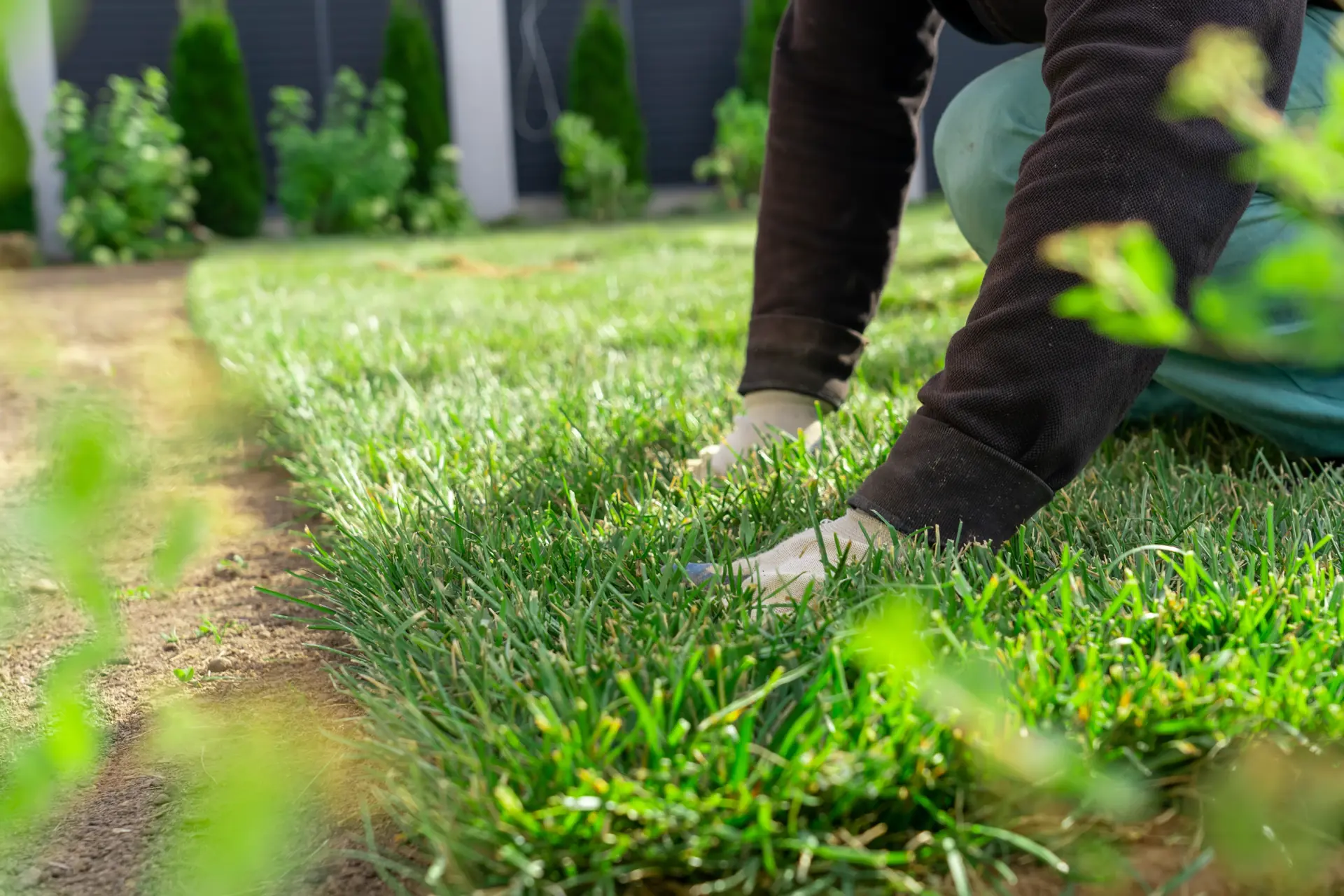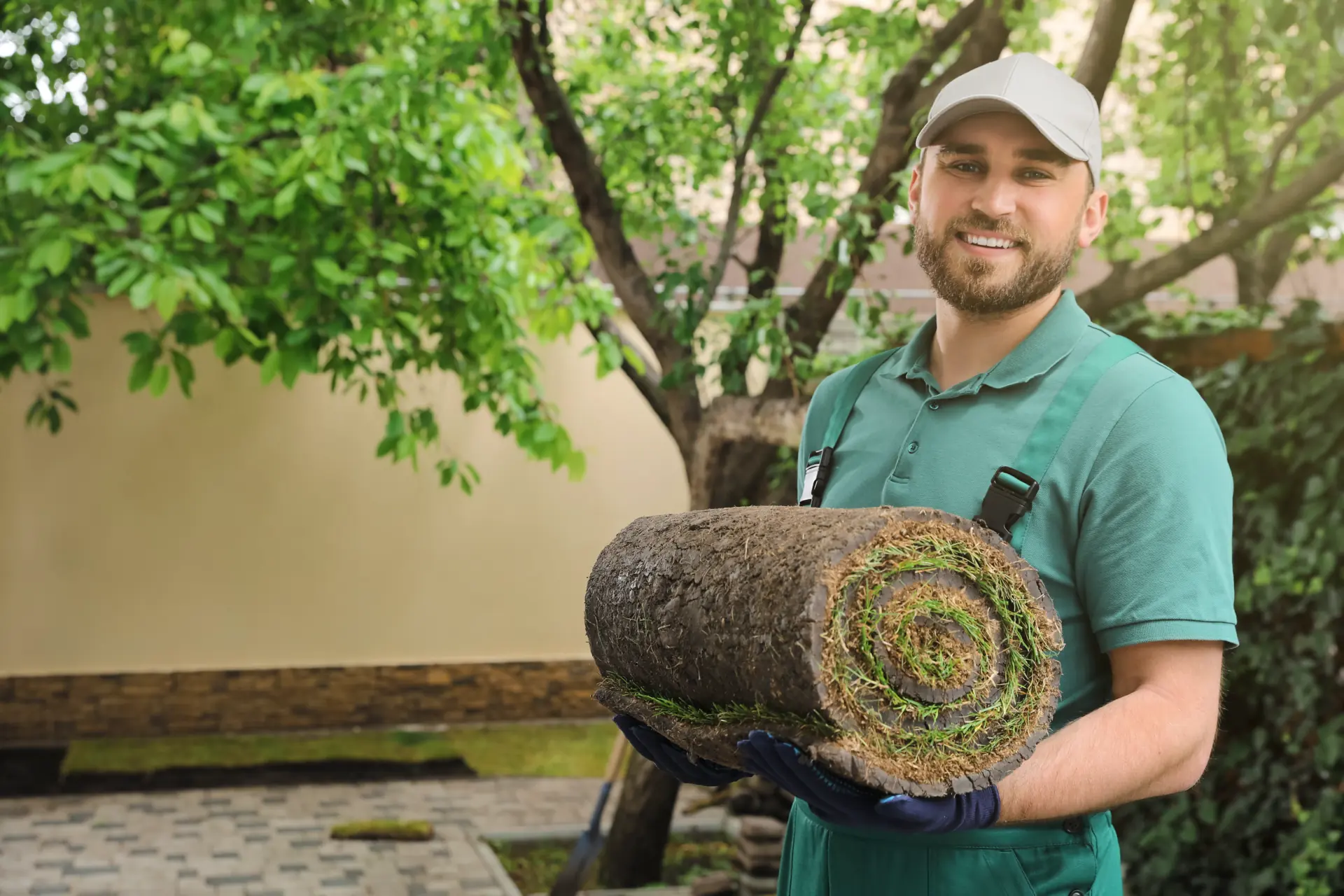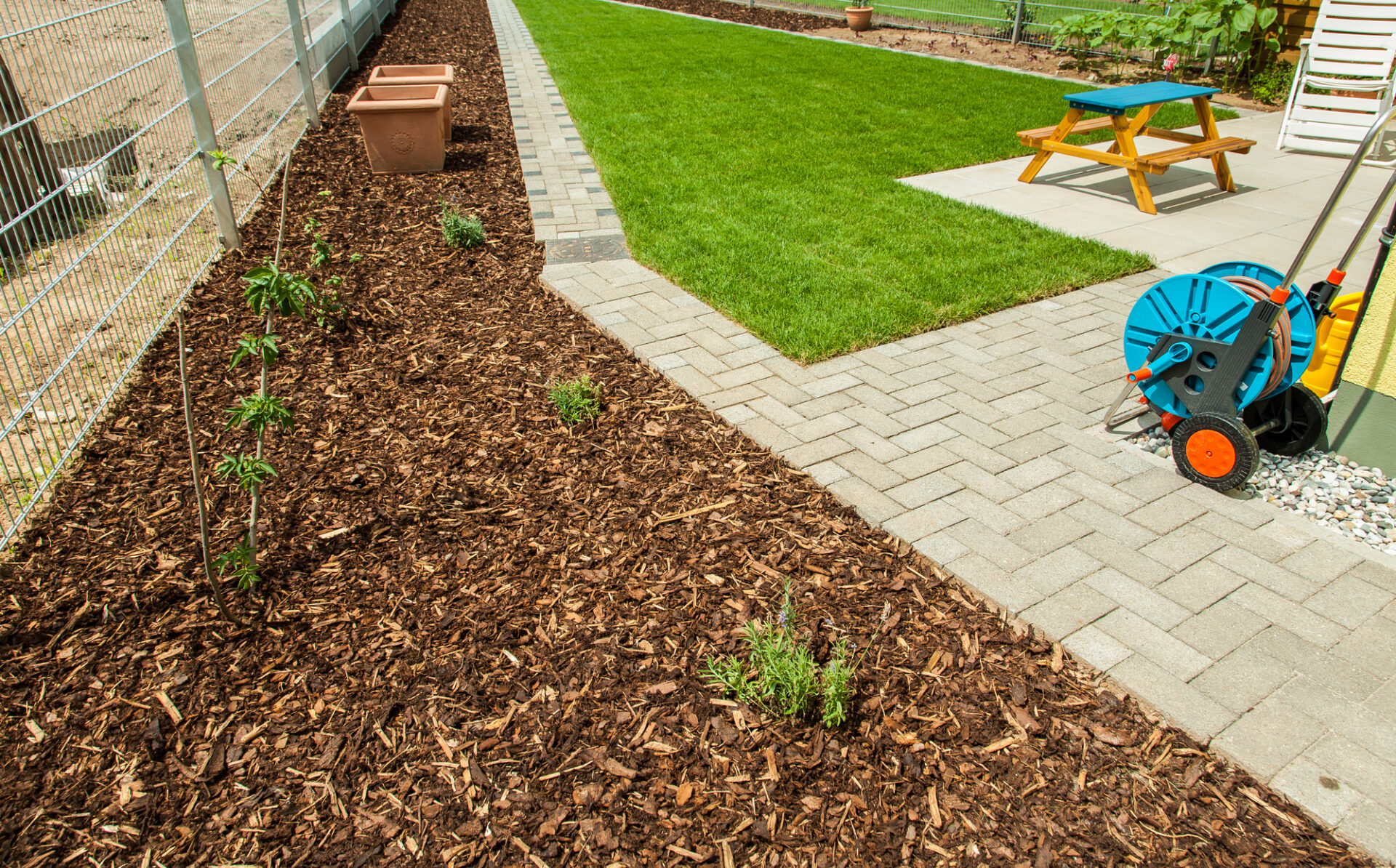If you’re a homeowner considering sod replacement, you’ve likely come across all sorts of conflicting advice. The thought of tearing up your existing lawn and starting over can spark plenty of doubts and questions. What will it cost? How long before your yard actually looks good again? And is it something you can really do yourself—or should you call in a pro?
There are plenty of myths floating around about sod replacement that can make the process seem daunting or confusing. In reality, the process is straightforward—if you know what to expect and understand the basics.
What are Common Misconceptions About Sod Replacement?
Sod replacement is surrounded by misconceptions that keep homeowners from achieving their dream lawns. Let’s break down the most persistent myths:
Myth #1: Sod Replacement Is Just Like Seeding
Some believe replacing sod is no different than seeding a lawn. While both approaches aim for a lush, green result, they’re entirely different in practice. Sod comes as mature grass, grown on farms and cut into rolls or slabs for instant installation. Seeding involves planting grass seeds and waiting for them to sprout, which takes weeks or even months.
Fact: Sod provides an instant lawn. It offers immediate curb appeal and erosion control, while seeded lawns require more time, patience, and care, especially during the initial establishment period.
Myth #2: Sod Replacement Is a DIY Job
There’s a misconception that any homeowner can simply order sod and lay it down. While you can technically do it yourself, sod replacement is much more involved than it looks. It requires prepping the soil, measuring and cutting sod precisely, and ensuring the pieces fit tightly with no gaps.
Fact: Hiring professionals almost always yields better results. They have the equipment, expertise, and crew to handle soil prep, correct installation, and post-installation care, all of which are crucial to avoid dead patches or wasted investment.
Myth #3: New Sod Needs Little or No Watering
It’s tempting to think you can lay sod and let nature do the rest, but new sod is thirsty. Freshly laid grass is in shock and needs frequent watering to survive and root.
Fact: Consistent, deep watering is critical for at least the first two to three weeks. Skimping on water can cause sod to dry out, fail to root, or even die off in spots, making your investment pointless.
Myth #4: Sod Can Be Installed Any Time of Year
Some assume sod replacement is a year-round job. While you technically can install sod in most climates except during hard freezes, certain times of the year are much better than others.
Fact: The best seasons are spring and early fall. These periods offer cooler weather and more rainfall, giving your new lawn the best shot at establishing healthy roots before facing extreme temperatures.
How Long Does It Take for New Sod to Settle?
“How long before my yard looks normal again?” is one of the first questions homeowners ask. While sod creates an instant green look, there’s more going on below the surface.
Root Establishment
Once the sod is down, its roots need to connect with the underlying soil. This usually takes two to three weeks, but it can vary with temperature, watering, and soil health. During this phase, the sod is vulnerable, so keep off the grass as much as possible and water it thoroughly.
Tip: Water early in the day to minimize evaporation, but avoid overwatering that can cause soggy patches and disease.
Mowing and Early Maintenance
As soon as the grass reaches about three to four inches in height, it’s safe to mow—usually after about two weeks. Use sharp blades and avoid cutting off more than one-third of the grass height in a single mow. Uneven patches are normal at first but will fill in with time.
Settling and Growth
Most new sod takes four to six weeks to fully settle and start looking thick, uniform, and healthy. Some grass varieties may take a bit longer, especially in cooler climates.
Fact: Don’t panic if the lawn looks a bit uneven or patchy at first. With proper care and patience, your new sod will become dense and vibrant within a month or two.
Is Sod Replacement a Costly Process for Homeowners?
Cost is a big concern, and sod replacement is often assumed to be expensive compared to seeding or other lawn repairs.
Upfront Costs
Sod itself typically runs from $0.50 to $2.00 per square foot. Add in professional installation, and your total cost may land between $1.00 and $4.00 per square foot, depending on your region and the sod variety.
Long-Term Value
While the upfront cost of sod is higher than seeding, the benefits add up. Sod lawns require less maintenance early on, provide instant erosion control, and offer curb appeal immediately. Plus, a well-maintained sod lawn can boost your property value and resale potential.
Fact: The time you save compared to waiting for seed to grow—plus lower costs for watering, fertilizing, and weed control—means sod can be the smarter investment in the long run.
Affordable Options
Not every yard needs a total overhaul. If you have patchy spots, consider partial sod replacement to save money. Choosing a less expensive grass variety can also help lower costs.
Tip: Always ask your installer for options and honest advice. Sometimes, simple soil improvement or overseeding will solve the problem.
What Factors Affect the Success of a Sod Replacement Project?
A beautiful new lawn isn’t just about rolling out sod. Several factors influence success:
Soil Preparation
The base for your new lawn matters as much as the sod itself. Remove old grass, weeds, debris, and rocks. Test your soil’s pH and nutrients, and amend as necessary. Loosen the top layer to help new roots penetrate deeply.
Tip: Healthy soil equals a healthy lawn. Investing in good prep will pay off for years.
Watering and Irrigation
Start with daily, deep watering, then gradually reduce the frequency as roots establish. Transition to a regular watering schedule after the first month.
Weather and Timing
Don’t lay sod during periods of extreme heat, drought, or frost. Pick a stretch of mild weather if possible to give your sod the best chance to thrive.
Ongoing Maintenance
Once established, your lawn will need regular mowing, occasional fertilizing, aeration, and (if needed) weed control. Sticking to a maintenance schedule keeps your new lawn green and healthy year after year.
Final Thoughts: Expect Success, Not Surprises
Sod replacement is the fastest route to a lush, vibrant lawn—but only if you know the facts. Ignore the myths: the process is not as intimidating or costly as it seems if you plan ahead, invest in good prep, and provide proper care.
A great lawn transforms your home’s appearance, creates outdoor living space, and boosts value. With expert help and realistic expectations, sod replacement can be a stress-free upgrade.
Dreaming of a Greener Lawn? Trust MainStreet Sod Company to Bring It to Life!
MainStreet Sod Company specializes in professional sod replacement and lawn transformation. Whether you want to overhaul your entire yard or touch up problem areas, our team delivers quality sod, expert installation, and advice you can trust. Start your lawn makeover today—contact us and watch your curb appeal soar!



